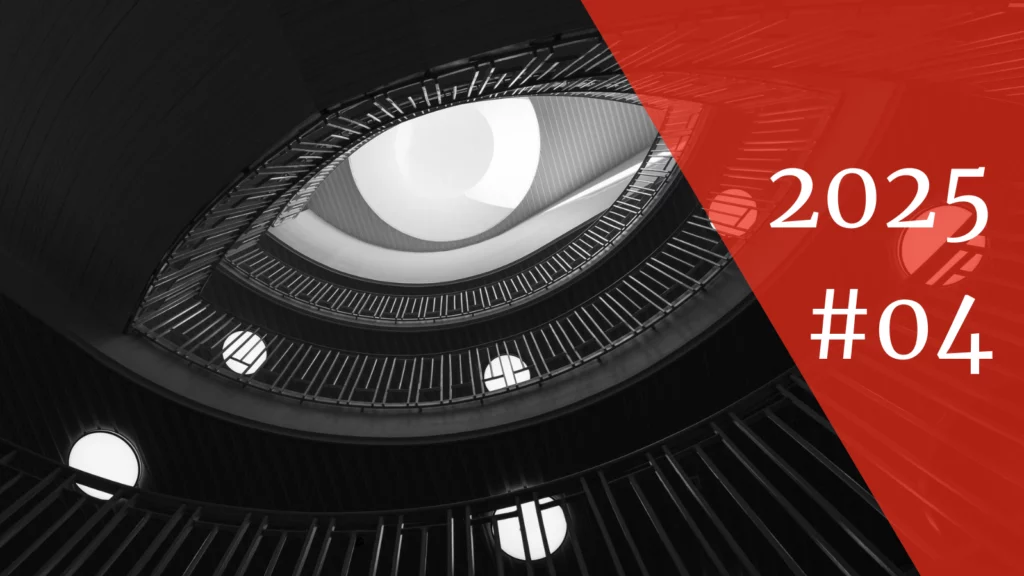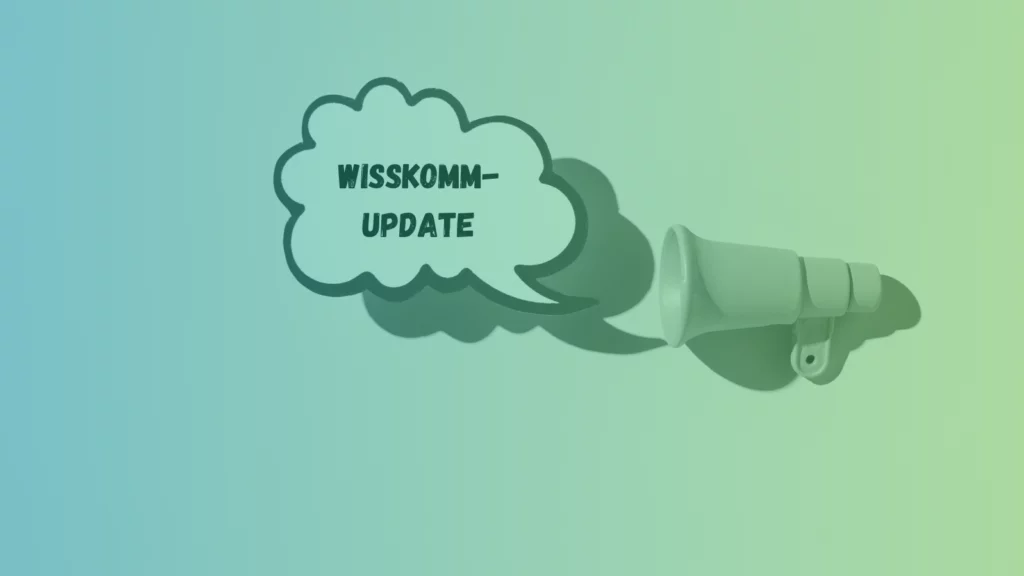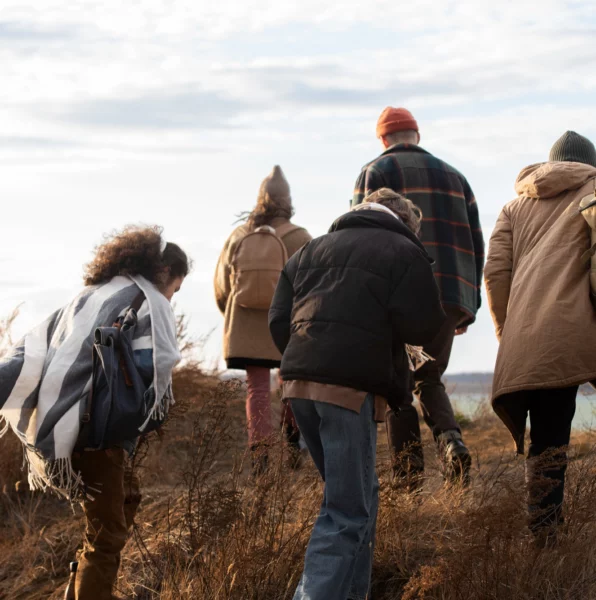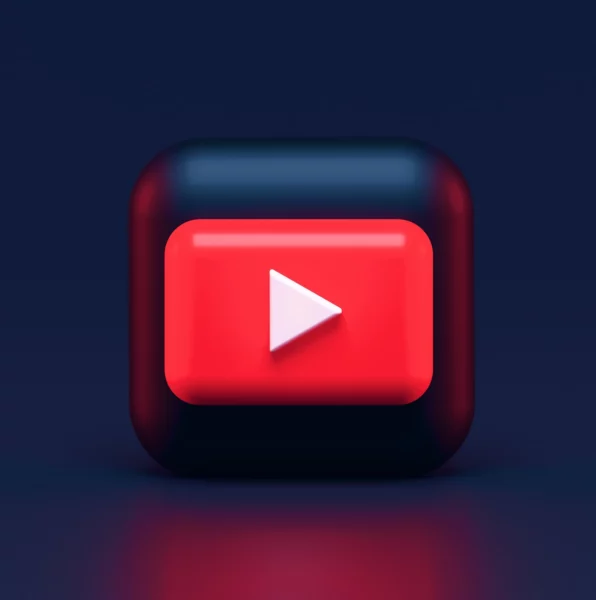A British-German collaboration within the project RETHINK focused on education and training in science communication. Clare Wilkinson and Birte Fähnrich talk about the role of informal education and digital transformation as well as the competence model and training resources they developed.
„A complex mixture of different resources and experiences“
Ms. Wilkinson, Ms. Fähnrich, in a current paper you bring together two studies focussing on education and training in science communication. What is the background of this research?
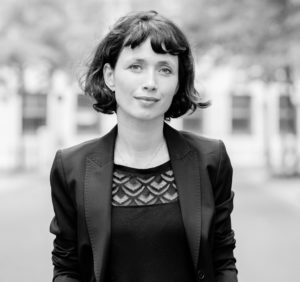
Birte Fähnrich: The two studies were part of the European RETHINK project which aims at searching for changes that happen in science communication, especially due to the digital transformation of the media landscape. Our goal is to develop the field of science communication further in a productive way to improve science communication in the context of these new settings. An important step was to focus on training and explore how it has changed, how it is able to equip scientists and communicators and also how we could change training to do this in a better and more productive way.
On the one hand you conducted a survey among European science communicators and on the other hand you had a look at university programs focussing on science communication. What did you want to find out?
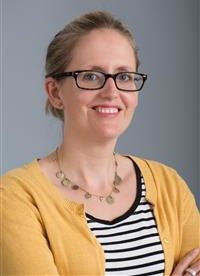
Clare Wilkinson: At the University of the West of England we intended to conduct a survey on science communicators because we found it very important to understand a number of aspects about their working practices. Our scoping study pointed us to the varieties of roles that people were taking in science communication, the variety of backgrounds from which they came into science communication, the different ways they were using digital tools and the different experiences they had. That showed us that formal as well as informal training and education was an important thing to explore within the survey. Birte’s work then shed light on the other side of the picture.
Fähnrich: Within RETHINK our aim was also to develop training resources, especially with a train the trainer approach. Our first step to get there was to have a look what actually happens in training. We first did a scoping study to see which different programs exist in the countries that we had involved in the project. When we talk about training for scientists and scholars we often think about short term trainings that are directed at developing certain skills. We also had a look at this but our focus was rather on degree programs, trainings at universities that equip future science communicators with the competences they need.
We tried to approach these different programs to see what is in their curricula and conducted a survey. We decided for this approach to bybass language hurdles. Unfortunately, the response rate was not very strong, We approached more than 43 programs but only received 13 responses from the UK, the Netherlands, Italy, Portugal, and Russia. So we used these data as an exploratory basis where we will have to dig deeper. However, despite these limitations this study was useful to develop our ideas further how training should look like against the backdrop of a changing science communication landscape in the context of the digital transformation.
RETHINK
RETHINK is an European science communication project funded from the European Union’s Horizon 2020 research and innovation programme. It brings together six partners as well as four linked third parties from 10 European countries, integrating scholarly and practical expertise to rethink science communication in theory and practice. The objective of RETHINK is to contribute to making the European science communication ecosystem more open, inclusive, reflexive and adaptive. The project aims to improve the quality of interactions between science and society by providing concrete recommendations and training resources for nurturing open and reflexive science-society interfaces. Involved are as partners Vrije Universiteit Amsterdam (Lead), Ecsite, the European Network for Science Centres & Museums, The University of the West of England (UWE), Zeppelin University Friedrichshafen (ZU), SISSA Medialab, the in-house company of the International School for Advanced Studies (SISSA), the Danish Board of Technology Foundation. The Universidade Nova de Lisboa, the Center for the Promotion of Science in Serbia, VA (Public & Science) – a Swedish non-profit membership organisation, and Copernicus Science Centre are associated third parties in the project.
Fähnrich: We think that one big change in science communication research and practice is that it is not longer limited to scholars or the spokespersons at universities or science journalists. We found many examples that there are a lot of other actors involved. The survey that Clare and her colleagues conducted in Bristol found bloggers and influencers and all these actors who would not label themselves as science communicators but of course they refer to science in their communication. Therefore, our idea was to understand this change in the structure of actors. We think that people involved in science communication still have a rather narrow view and think very much in the logic of journalistic communication and the deficit model. In this traditional perspective, the idea is that people just need to be more informed and educated about science to turn this world into a better place. We wanted to break that up.
Wilkinson: Training and education is often very focused on scientists or on people who have made that step into science communication as a career. During our scoping work it seemed to us that there was a very much underexplored community of people that potentially played a major role in science communication and who are also using some new and novel tools to reach people. We did not have a great deal of information about how they were coming to that field and how they being educated or equipped to participate in it. However, also professional science communication has changed a lot in the context of media change.
Who participated in your survey?
Wilkinson: 459 science communicators from the UK, Italy, the Netherlands, Poland, Portugal, Serbia and Sweden responded. We had researchers and professors who are communicating, we had freelance communicators, writers, bloggers, social media influencers, artists, illustrators, curators and other science communicators. We went back to people who had participated in our scoping work but we also used networks in different countries to distribute the survey in a local language. We were aware that there are limitations in reaching out that way and that the survey provides only a snapshot of what is happening in these countries, all of whom will have quite different science communication histories.
What did you find out about the role of informal education?
It is also interesting to note that relatively few people in our survey, just 16, say that they had no training at all. There might be people walking into science communication with very little preplanning of what that will involve but actually our survey suggests that many science communicators are engaged in education in a variety of different formats. I think in our survey one of the key findings is that what happens in science communication education is a complex mixture of different resources and experiences.
In which countries is more or less formal education?
Fähnrich: We know from the literature that especially in the Anglo-American world there is way more training opportunity and more formal education than in other countries. Especially in the UK but also in the USA, in Australia, in Canada and in New Zealand we have a wide variety of education programs, science communication offers for professional communicators but also for scholars. This is also mirrored in our scoping study, were the UK is most represented. Also the Netherlands have a strong tradition in science communication education. Interestingly we found almost nothing in Eastern Europe and also in Germany there are not so many opportunities. In Sweden there are trainings for scientists and scholars but as far as I know there is no degree program. Italy, Spain and Portugal have some programs, but it is almost comparable to Germany.
What kind of training did the respondents complete? What are they missing?
Let us have a look at the university programs. What did you find out in the second study?
Fähnrich: Our intention was to get to know what science communication programs at universities teach. Due to the different languages, we could not just do a content analysis. Therefore, we decided to have a survey with program managers to give us insights and to respond to a questionnaire which was partly standardized but also had open questions. To analyze the curricula we used a competence framework with three distinct levels.
The first level refers to skills and professional working knowledge. The second relates to what we called professional norms and values, for instance ethical standards but also role perceptions: e.g. traditional gate keeper versus curator? The third competence level is called „picture of the world“, a term introduced by the communication scholar Magda Pieczka. To analyze the curricula against this framework helped us to see how prospective science communicators cope with the digital transformation: How do they perceive the science communication landscape? How do they anticipate risks? Which audiences are relevant? We hope that our competence framework will contribute to develop science communication education further in different parts of Europe.
What did you find? How are these three competence levels addressed in the curricula?
What would be worthwhile topics for future research?
Wilkinson: The survey work happened at the end of 2019. It would be very interesting to repeat it and understand more about how experiences through the pandemic have influenced the need for training and education and also how people are using some of these digital tools and approaches. The second aspect links to professional norms and ethical dimensions of work. When we were asking questions about diversity and inclusion in 2019 answers did not come very strongly but I suspect if we repeat the survey work now we might see a different picture.
Fähnrich: It would be also interesting to get a more systematic insight in what is happening in science communication training around the world. When you study hard sciences there is a fixed curriculum. A result of our work is that we don’t have that in science communication. I think there should be some standards that are addressed in every program. Networks like the PCST already work on this. But there could be a more emphasis on these issues and more opportunities to exchange on what are the core competences that are needed to work in science communication. What we did was to develop training resources, a train the trainer work package which is open access. We think it is important to bring the competence model to the community. We will be happy to get feedback from those who use it and to be able to develop this further.
